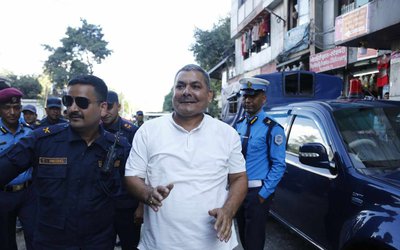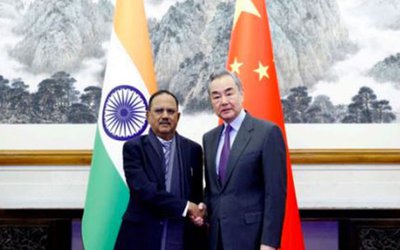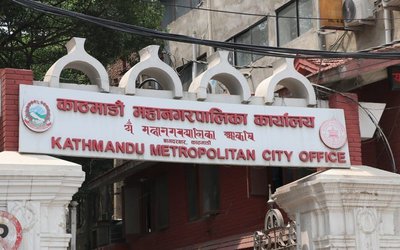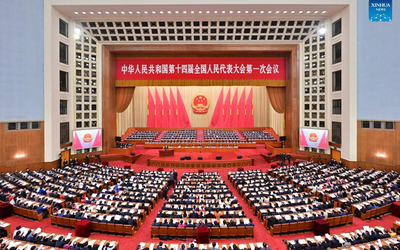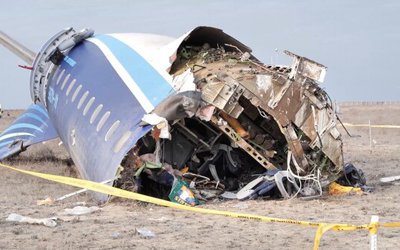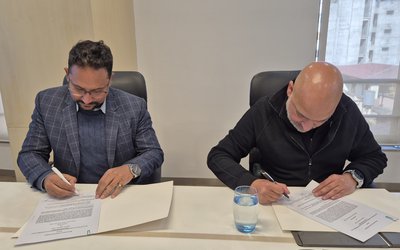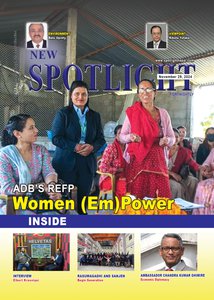
In what is yet another manifestation of government instability in Nepal, a flurry of political developments in Nepal in recent days has sparked speculations about the future of Pushpa Kamal Dahal as the Prime Minister of the Himalayan nation.
On Saturday, KP Sharma Oli, the leader of the Communist Party of Nepal – United Marxist Leninist (CPN-UML), held a closed-door meeting with former Prime Minister and president of the opposition Nepali Congress Sher Bahadur Deuba. Then, on Monday morning, Oli held a meeting with Dahal, who is the leader of the Communist Party of Nepal – Maoist Centre (CPN-Maoist Centre).
However, all these developments have only resulted in sparking speculations about the future of the current government led by Dahal. “And the Deuba-Oli meeting taking place amid Oli’s public statements that he is not happy with the government, suggests something’s cooking,” the Post report quoted the opposition leader as saying.
The question arises as to what all these developments mean for immediate neighbour India. “There is an inherent instability in the current regime,” Harsh V Pant, Professor of International Relations with King’s India Institute at King’s College London and Vice-President (Studies and Foreign Policy) at the Observer Research Foundation think tank, told ETV Bharat. “India needs a stable government in Nepal to carry out the bilateral agenda. The challenge is taking forward the bilateral agenda.”
At the same time, Pant added that India has been working with whichever government has been in power in Kathmandu. “Dahal had at one point in time strongly anti-India,” he said. “He has since moderated his views on India and New Delhi has worked with his government as well.”
Another development under the current Leftist dispensation has been Kathmandu’s resumption of talks with Beijing for the implementation of Chinese President Xi Jinping’s pet Belt and Road Initiative (BRI) projects in Nepal.
It is worth mentioning here that Nepal and China had agreed to sign the BRI implementation plan at the earliest when Nepali Deputy Prime Minister and Foreign Minister Narayan Kaji Shrestha visited Beijing in March this year. The decision was taken during delegation-level talks between Shrestha and his Chinese counterpart Wang Yi. Though no specific date was mentioned, reports suggested that it could happen during any high-level visit between Nepal and China.
Though Nepal and China signed the BRI framework agreement on May 12, 2017, and China forwarded the text of a plan in 2019, no further progress has been made mainly due to Kathmandu’s concerns over debt liabilities. Nepal has made it clear to China that it is not interested in taking commercial loans for implementing BRI projects, but would prefer grants and financial assistance.
The BRI is a global infrastructure development strategy adopted by the Chinese government in 2013 to invest in over 150 countries and international organisations. It is considered a centrepiece of President Xi’s Jinping foreign policy. It forms a central component of Xi’s “Major Country Diplomacy”, which calls for China to assume a greater leadership role in global affairs in accordance with its rising power and status.
Observers and sceptics, mainly from non-participant countries, including the US, interpret it as a plan for a Sino-centric international trade network. Critics also blame China for putting countries participating in the BRI under debt traps. In fact, last year, Italy became the first G7 country to pull out of the BRI. Sri Lanka, which participated in the BRI, eventually had to lease out the Hambantota port to China due to debt repayment issues.
India has opposed the BRI right from the beginning, mainly because its flagship project, the China-Pakistan Economic Corridor (CPEC), passes through Pakistan-occupied Kashmir.
In view of all these, Nepal is wary of getting trapped in unsustainable debt owed to China through BRI loans for expensive infrastructure projects. Nepal’s annual debt payments to China have already been rising rapidly over the last decade. Highly concessional terms offered by other lenders make taking on costlier Chinese commercial loans for BRI projects unappealing.
Nepal also understands India’s concerns over BRI projects in the immediate neighbourhood. India views some planned BRI infrastructure corridors through Nepal as impinging on disputed territory it claims. Nepal wants to avoid straining ties with its powerful neighbour India by appearing to take sides in India’s rivalry with China. New Delhi has historically exercised considerable influence over Nepali politics and policies.
Frequent changes in government and coalition politics in Nepal have made it difficult to remain consistent on BRI policies. There are domestic political divisions in Nepal over the costs/benefits and potential loss of sovereignty from deeper BRI engagement with China. Implementation has been slowed by bureaucratic inefficiencies and difficulties in meeting China’s approval conditions.
According to Pant, despite differences among them, there has been a consensus among all political parties about how to take up BRI projects. In light of all these, the question arises as to whether a new coalition government comprising the CPN-UML and Nepali Congress at all is formed will be good for India.“The CPN-UML and Nepali Congress are ideologically different,” Pant said. “I don’t think such a coalition government will be sustainable in the long term.”
Speaking to ETV Bharat, Sanjiv Rai, author of the book Conflict, Education and People’s War in Nepal, pointed out that Nepal has been seeing politics since the 1990s. “When no party is in majority, you cannot predict anything,” Rai said. “But then, this is one aspect of democracy.”
He said that though Nepal is India’s neighbour, it is a sovereign country too. “Yes, Nepal and India share cultural ties,” Rai said. “At the same time, we have diplomatic relations. So whichever government comes to power in Nepal, India will have to deal with it.”
For India, stability in its immediate neighbourhood is of utmost priority. “India wants a stable government in Nepal,” Rai said. As the new picture unfolds in Nepal, New Delhi can only keep its fingers crossed and watch.
- China to open annual National People's Congress on March 5
- Dec 26, 2024
- 38 Dead in Wednesday plane crash in Kazakhstan
- Dec 26, 2024
- Bangladesh Requests India To Extradite Ousted PM Hasina
- Dec 25, 2024
- Trump's Tariffs Could Push Down Global GDP By 0.3 Percent
- Dec 25, 2024
- Turkey's foreign minister visits Syria, seeks ties with interim government
- Dec 23, 2024



